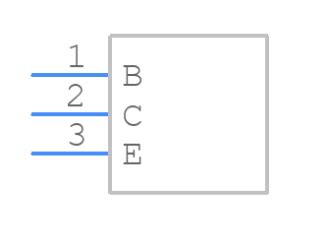
ALL ABOUT FLEX PCB
-
 Read more: TIP31C Pinout; Technical Knowledge of the NPN transistor
Read more: TIP31C Pinout; Technical Knowledge of the NPN transistorIntroduction to the TIP31C Transistor The TIP31C is a high-power NPN transistor designed for switching and amplification purposes. It is part of the TIP series of transistors, which are known for their robustness and reliability. The TIP31C is capable of handling significant current and voltage levels, making it suitable for […]
-
ATmega32U4 breakout board assembled
Posted by
–
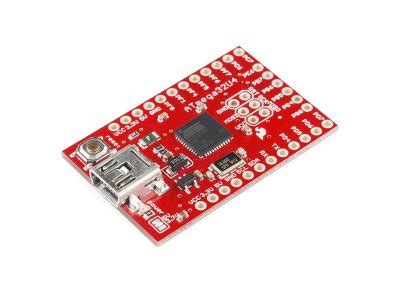 Read more: ATmega32U4 breakout board assembled
Read more: ATmega32U4 breakout board assembledIntroduction to the ATmega32U4 breakout Board The ATmega32U4 breakout board is a versatile and powerful microcontroller development board that offers a wide range of features and capabilities for embedded systems projects. This breakout board is designed around the ATmega32U4 microcontroller, which is a popular choice among hobbyists, students, and professionals […]
-
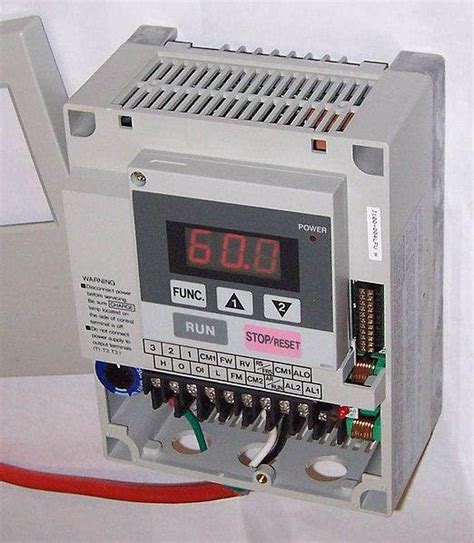 Read more: VFD Schematic: VFD Circuit Diagrams, Types, and How to Build One
Read more: VFD Schematic: VFD Circuit Diagrams, Types, and How to Build OneWhat is a VFD Schematic? A VFD schematic is a diagram that shows the electrical connections and components of a Variable Frequency Drive. It is a visual representation of the VFD’s internal circuitry and helps technicians understand how the device works and troubleshoot any issues. Components of a VFD Schematic […]
-
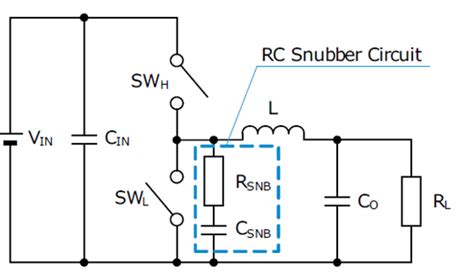 Read more: Snubber Circuit: A Safeguarding Circuit for Protecting Against Power Surges
Read more: Snubber Circuit: A Safeguarding Circuit for Protecting Against Power SurgesIntroduction to Snubber Circuits In the realm of electrical engineering, power surges pose a significant threat to electronic devices and systems. These sudden spikes in voltage or current can cause irreparable damage to components, leading to malfunctions and even complete failures. To mitigate these risks, engineers employ various protective measures, […]
-
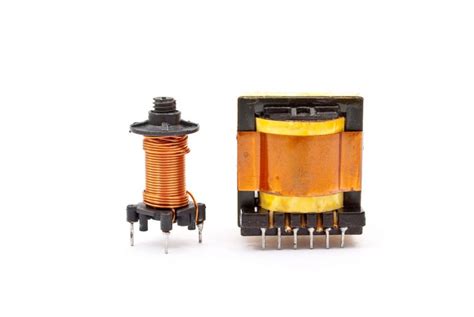 Read more: DIY Electric Fence Charger: A Guide to Simple and Effective Construction
Read more: DIY Electric Fence Charger: A Guide to Simple and Effective ConstructionWhat is an Electric Fence Charger? An electric fence charger, also known as an energizer or fencer, is a device that delivers a high-voltage, low-current pulse of electricity to an electric fence. This pulse is designed to deter animals from crossing the fence line without causing permanent harm. Electric fence […]
-
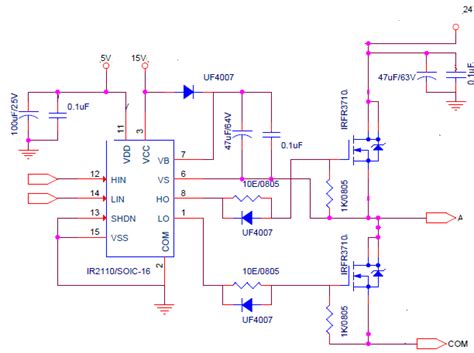 Read more: IR2104:Understanding all About This MOSFET Driver
Read more: IR2104:Understanding all About This MOSFET DriverWhat is a MOSFET Driver? A MOSFET (Metal-Oxide-Semiconductor Field-Effect Transistor) driver is an electronic circuit that controls the operation of a MOSFET switch. MOSFETs are widely used in power electronics applications, such as switching power supplies, motor drives, and electronic ballasts. However, driving a MOSFET directly from a microcontroller or […]
-
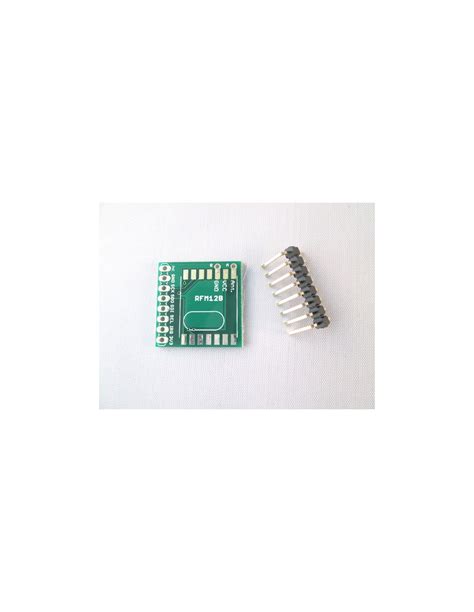 Read more: How to Build a PCB Kit – The Ultimate Guide for Beginners
Read more: How to Build a PCB Kit – The Ultimate Guide for BeginnersIntroduction to PCB Kits A PCB (Printed Circuit Board) kit is a package containing all the necessary components and instructions to assemble a functional electronic circuit. PCB kits are an excellent way for beginners to learn about electronics and gain hands-on experience in assembling and soldering components. In this comprehensive […]
-
TL431 Circuits – A Guide for Beginners
Posted by
–
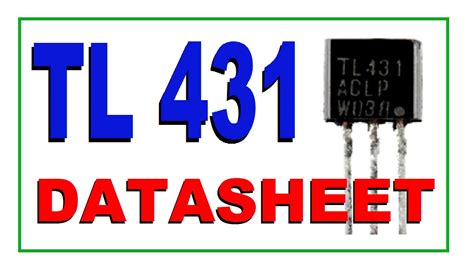 Read more: TL431 Circuits – A Guide for Beginners
Read more: TL431 Circuits – A Guide for BeginnersIntroduction to TL431 The TL431 is a versatile and widely used precision adjustable shunt regulator. It is designed to provide a stable reference voltage and can be used in a variety of applications, such as power supplies, battery chargers, and voltage monitors. In this comprehensive guide, we will explore the […]
-
How to Design a PWM Circuit You Need
Posted by
–
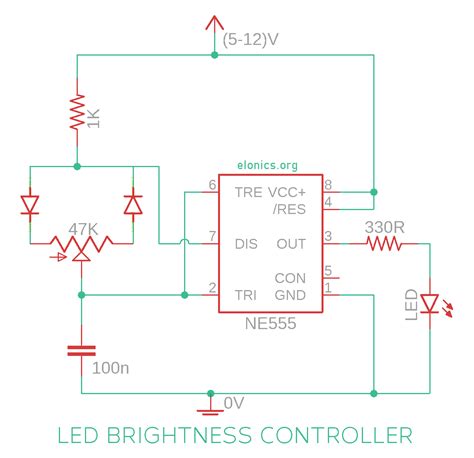 Read more: How to Design a PWM Circuit You Need
Read more: How to Design a PWM Circuit You NeedUnderstanding PWM What is PWM? PWM is a method of controlling the average power delivered to a load by rapidly switching the power supply on and off. The duration of the “on” time, known as the pulse width, determines the amount of power delivered to the load. By varying the […]
-
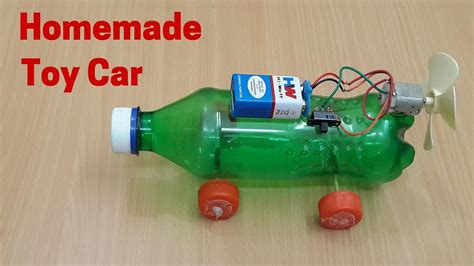 Read more: Simple Remote-Control Circuits: DIY Toy Car with Wireless Circuits
Read more: Simple Remote-Control Circuits: DIY Toy Car with Wireless CircuitsIntroduction to DIY Wireless Toy Cars Building your own DIY wireless toy car is a fun and educational project that teaches you the basics of remote control circuits. With some simple electronic components and a bit of know-how, you can create an impressive remote-controlled vehicle that will provide hours of […]




